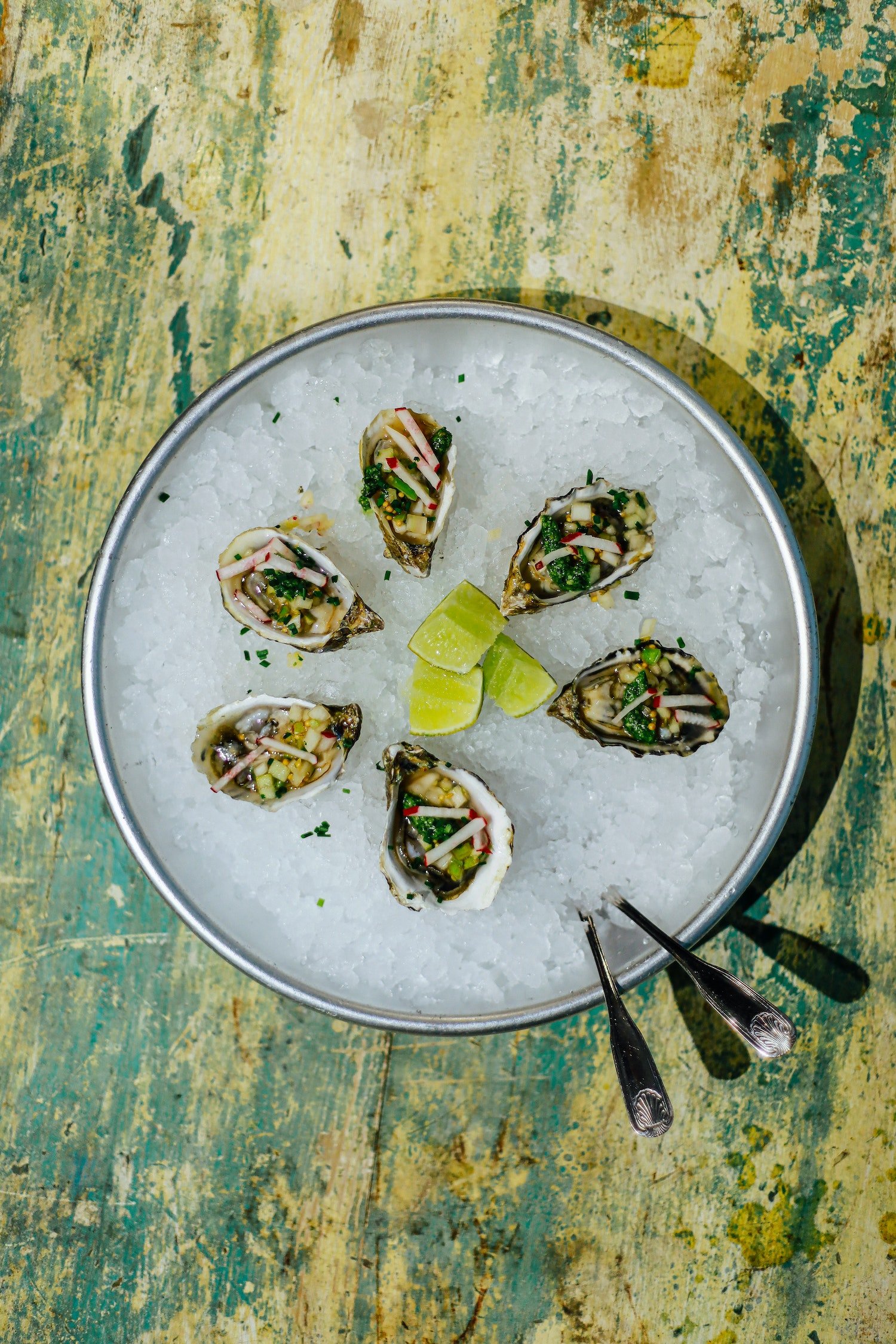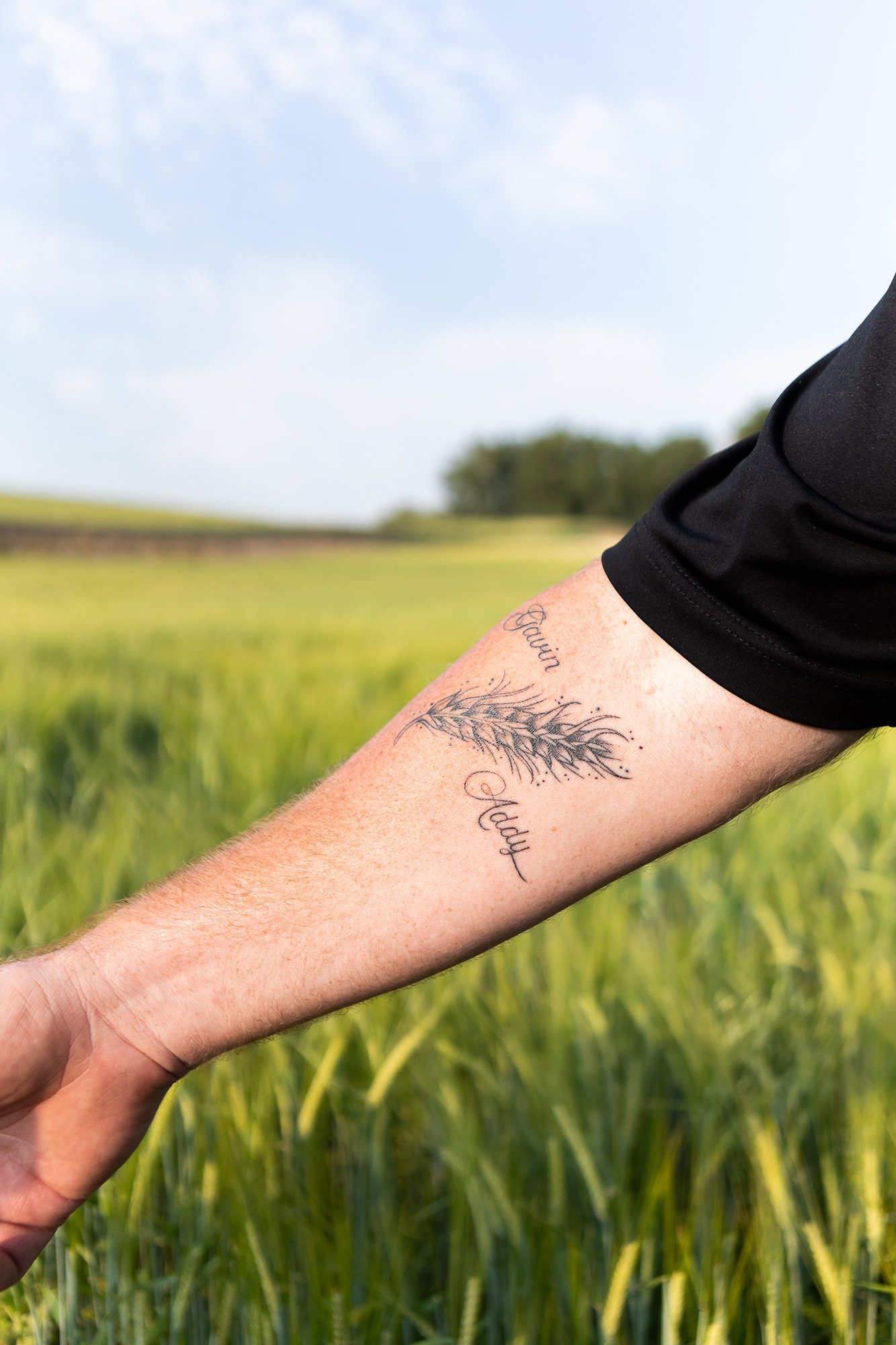Searching for Sparrow Grass: On the Hunt for Wild Asparagus in the Inland Northwest
Searching for Sparrow Grass: On the Hunt for Wild Asparagus in the Inland Northwest
BY DAVID OTTERSTROMWild asparagus grows throughout the Inland Northwest. It is one of my favorite wild foods to search for. Their tender and juicy shoots pack a flavor that tastes like spring. And foraging for asparagus feels like a treasure hunt—especially when you look at how much a bunch will cost you at the grocery store.
The young shoots are usually hidden around tall grass or other plants, so they can be hard to find at first, but with these tips you will be finding fresh spring asparagus in no time.
Wild asparagus looks like asparagus you buy at the store, so that helps make them easier to identify. Asparagus is a perennial plant with large underground roots. It is their young shoots in the spring that you are after.
Pick them when they look like the size of asparagus you see in the store. Some of the wild asparagus shoots are thicker or thinner than the ones in the store. That does not matter. As long as they are not woody they are delicious to eat. Sometimes the thin ones can be fibrous and woody, so they are not as fun to eat. The shoots can grow even a couple of feet tall and still be good to eat. But once the buds of the shoots start to bolt they are not good to eat.
Here in the Inland Northwest you can hunt for wild asparagus from around late April to late June. One plant can grow lots of shoots over a period of weeks, so make sure to keep stopping by the spot you harvested from. You usually can find new shoots to pick every week.
Wild asparagus likes to grow in moist and loose soil around the region. You will find it growing in the fertile foothills of the region, as well as near the banks of the Spokane River. They are often found in ditches where there is more moisture. But make sure not to pick shoots growing along roadsides or other polluted spots.
The best way I think to locate wild asparagus is to identify the plants in the fall. They stand out. Once you identify them you can take note of the spot and then come back in spring to collect. In the fall they look like tall feathery tumbleweeds with red berries.
The berries are toxic, so do not eat. But they contain seeds you can collect if you’d like to grow them at home. The plant takes about 3 years to grow edible shoots. As with all wild edibles, make sure to identify the plant correctly before eating.
Happy foraging!



































